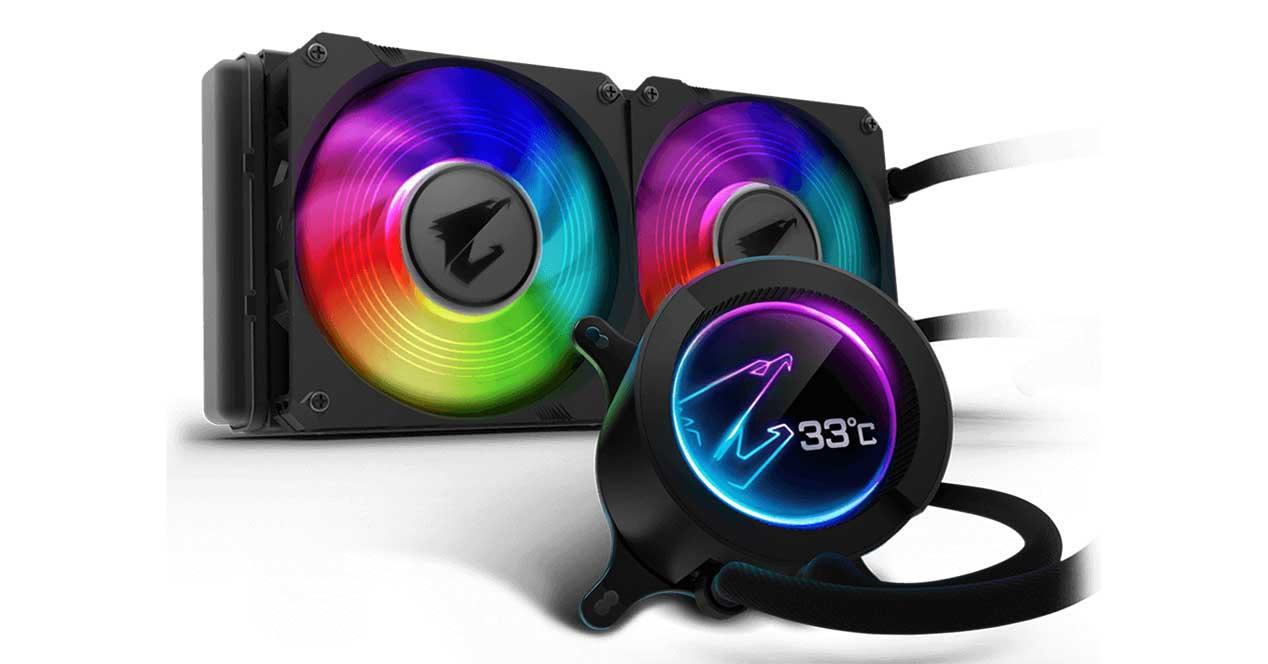
Most coolers will come with some kind of paste, either in a small syringe or pre-applied to the metal cold plate. Just know that custom loops are always much more expensive than all other typical cooling alternatives, exponentially more complicated to assemble and install, and they can make future component upgrades much more complicated-especially if you add your GPU into the cooling loop.Īlso, don't forget to consider thermal paste or another thermal interface material (TIM) to use with your AIO cooler. For more on how these tend to perform (and how good they look), check out our Blue Shift build feature. If money isn't a major concern and silent operation and low temperatures are important to you, you may want to consider a custom cooling loop.

So if you want better temperatures and slower-spinning fans, a good 240mm AIO cooler is a better choice, but won’t fit in as many cases. And AMD's Ryzen 7000, while less thermally demanding than Intel's chips, isn't exactly easy to cool either. That said, Intel's 12th and 13th Gen CPUs are generally more demanding on coolers. If you aren’t running a flagship CPU with lots of cores and 5-6 GHz speeds and you don’t plan on overclocking, a 120mm AIO, which you can usually mount in the rear exhaust fan area of your PC case, should suffice. As you might suspect, the larger the radiator, generally, the greater the cooling potential, although things like radiator thickness, materials, and fan and pump performance factor into cooling capability as well. There are some 140 and 280mm and 420mm AIO coolers as well, but they are far less common. AIO coolers typically come in three sizes, defined by the dimensions of the radiator and the fans the radiator is designed to fit: 120 (one 120mm fan), 240 (two 120mm fans), or 360mm (three 120mm fans). You’ll need to make sure there’s room to install an AIO cooler in your case as well, preferably in the top or rear, exhausting your CPU heat out of the case. AIO coolers are far more convenient and affordable than custom liquid cooling loops, and they can generally deliver lower CPU temperatures with less fan noise than air coolers–although that’s not always the case.

Whether you’re after higher sustained clock speeds with your new Core i9-13900K or Ryzen 9 7950X3D, or you just a system that remains quiet under load, there are a few key things to consider when choosing the best AIO (all-in-one) cooler for your new build or CPU upgrade.


 0 kommentar(er)
0 kommentar(er)
